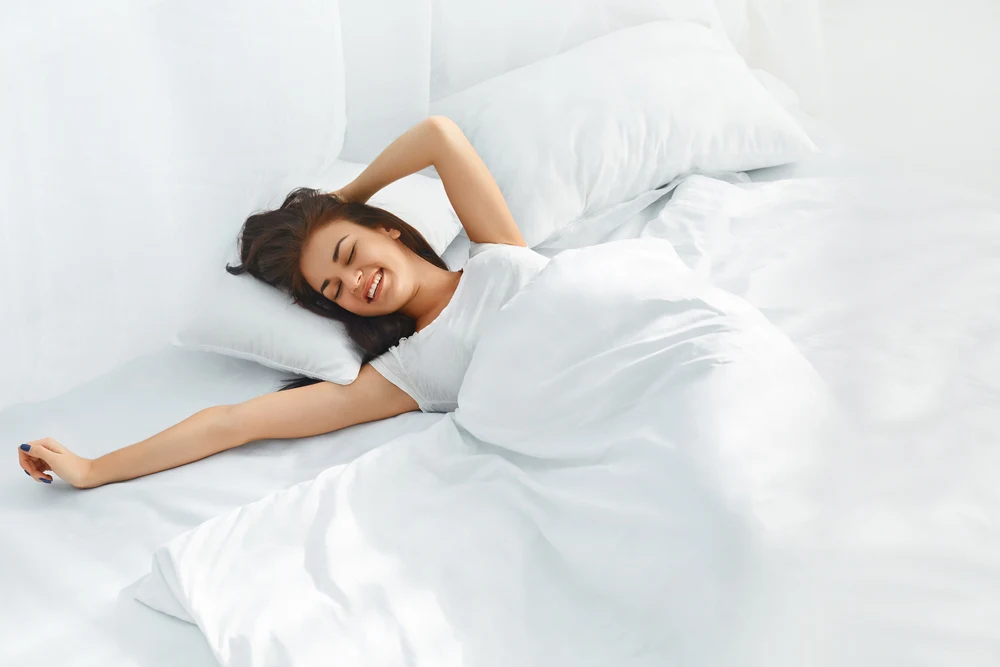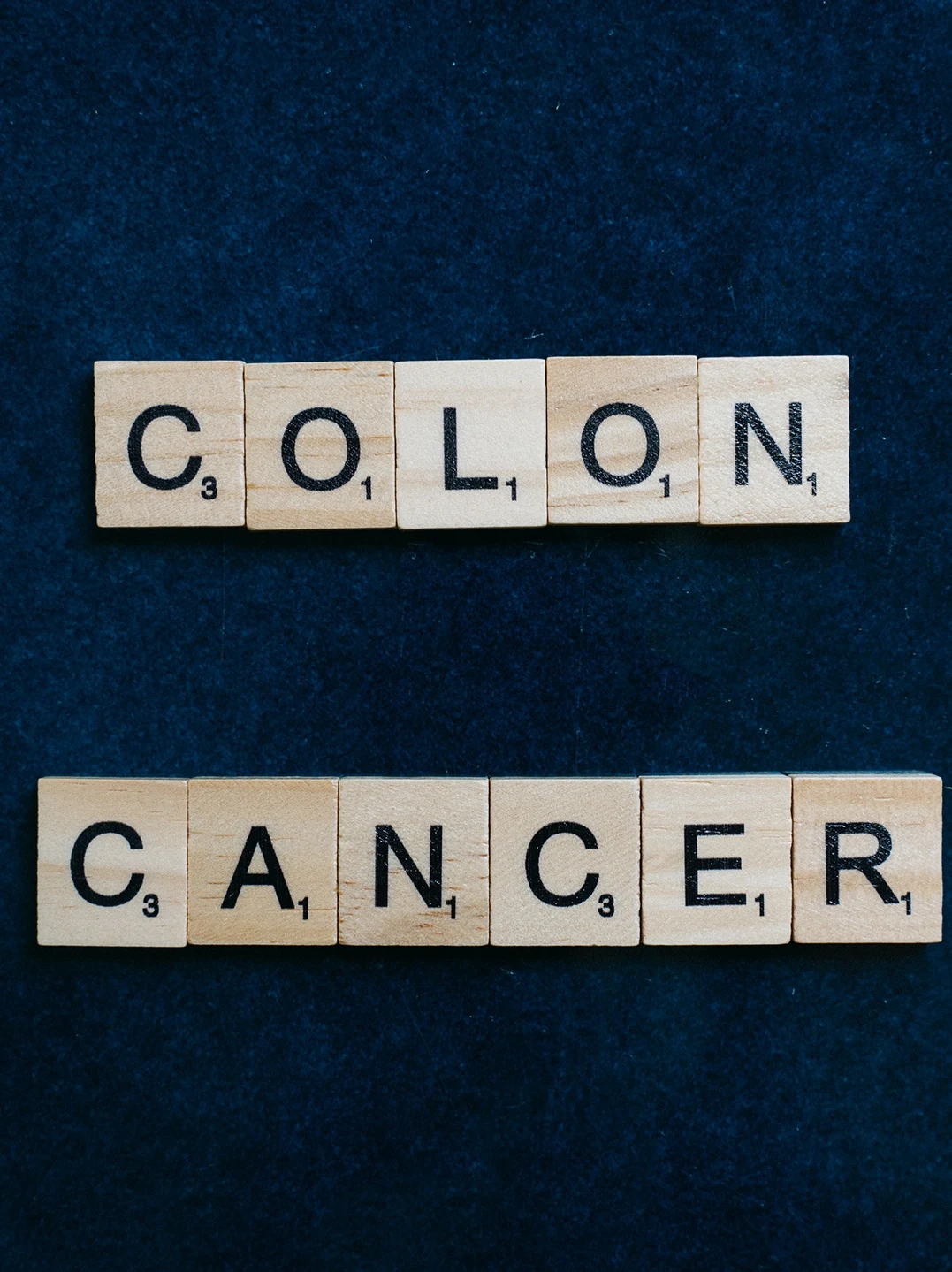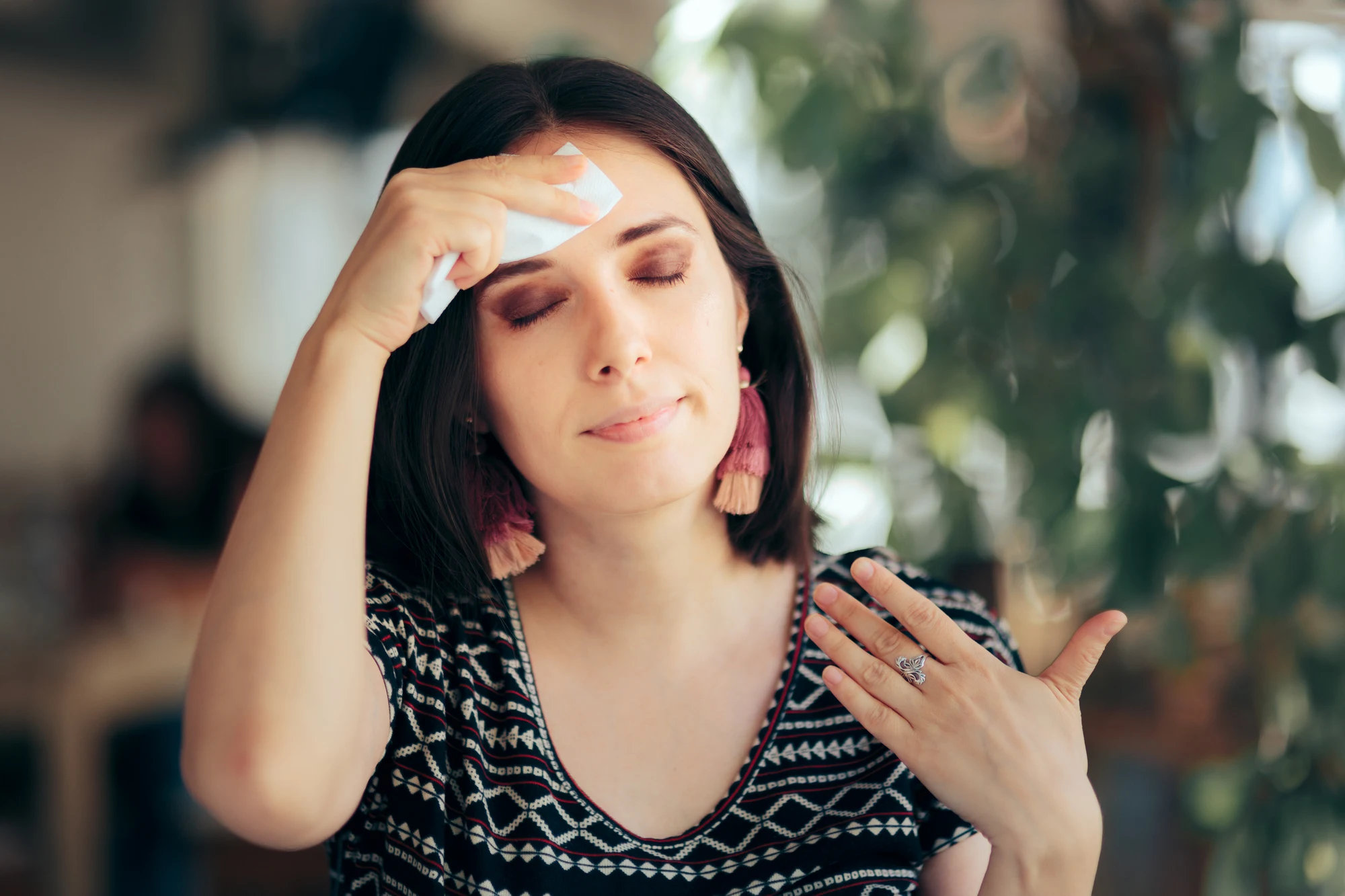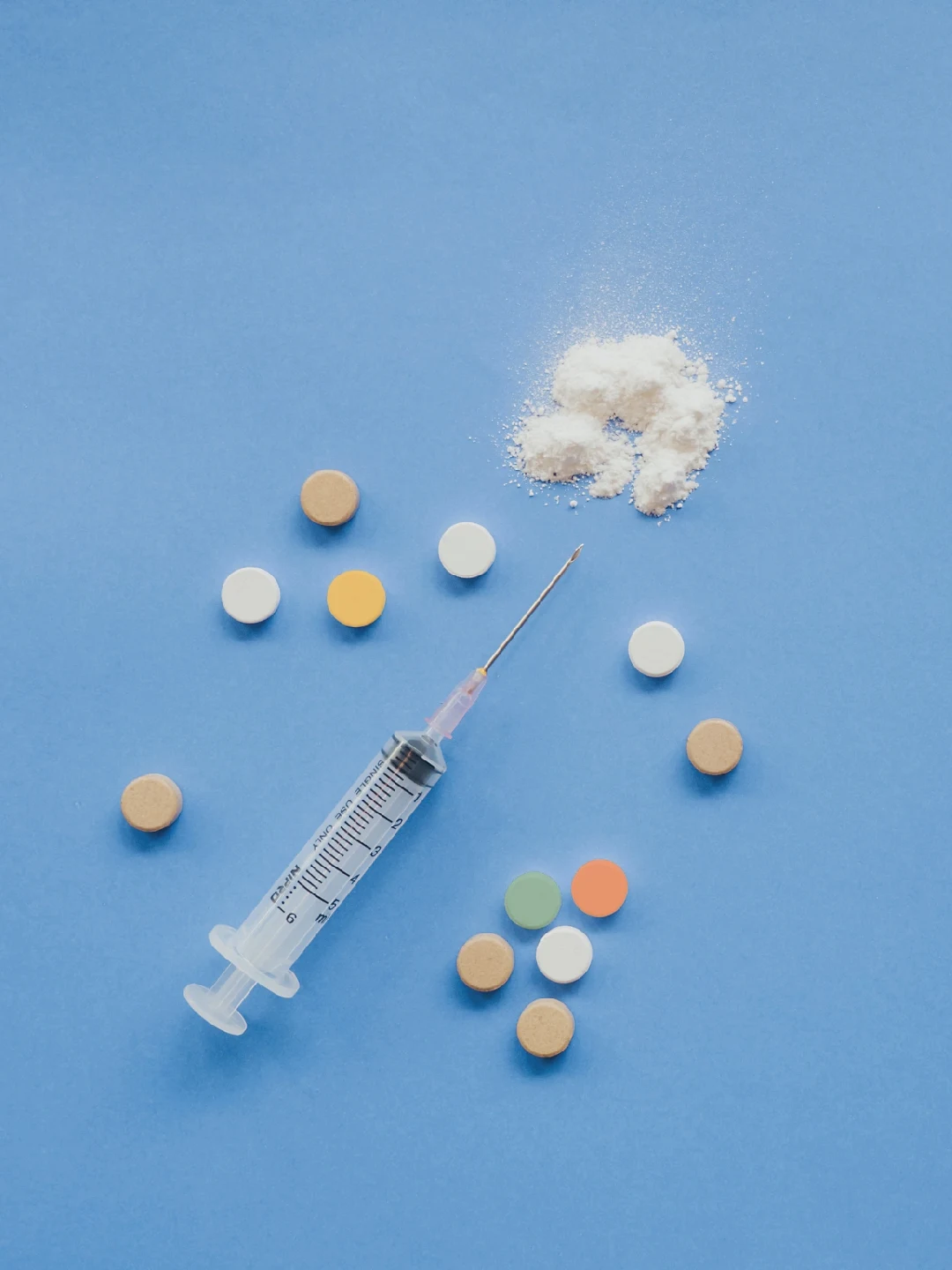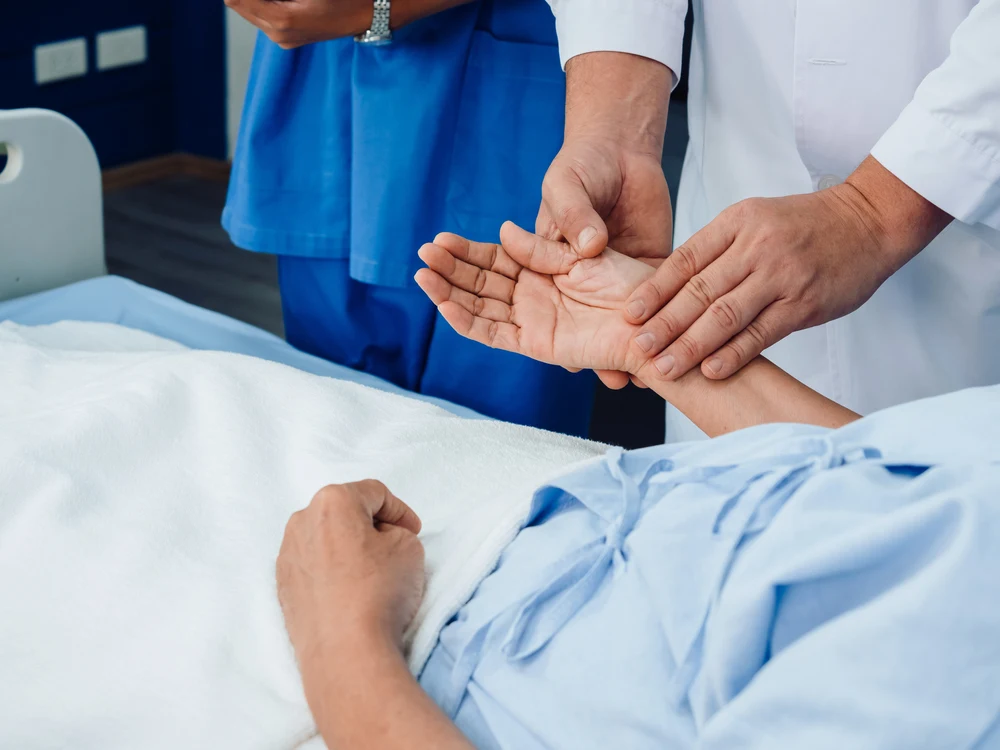Currently, a variety of pharmaceutical, surgical, and behavioral interventions are used to treat freezing, but none of them are very successful.
What if there was a method to completely avoid freezing?
To assist people with Parkinson's disease in walking without freezing, researchers from Boston University Sargent College of Health & Rehabilitation Sciences and Harvard John A. Paulson School of Engineering and Applied Sciences (SEAS) used a soft, wearable robot that is placed around the tightened hips to gently press the hips when the leg swings.The patient may walk with a longer stride thanks to the robotic garment, which is placed around the thighs and hips and gently presses the hips when the leg swings, helping the patient to achieve a longer stride.
The wearer was able to walk faster and farther than they could have without the assistance of the garment because the technology totally removed their freezing while they were indoors.
Conor Walsh, the Paul A. Maeder Professor of Engineering and Applied Sciences at SEAS and co-corresponding author of thestudy,y stated that it was found that the small amount of mechanical assistance from the wearable robot made an intermediate effect and consistently helped improve walking across a range of conditions for the individual.
The research showed the potential of soft robotics used to treat the dangrous symptoms of Parkinson disease, giving people the ability to regain both their mobility and independence.

The research is published in Nature Medicine.
Walsh's Biodesign Lab at SEAS has been developing technologies to improve life.The Wyss Institute for Biologically Inspired Engineering supported some of those technologies, including an exosuit for post-stroke gait retraining, and Harvard's Office of Technology Development arranged a license arrangement with ReWalk Robotics to commercialize the technology.
SEAS and Sargent College received a grant from the Massachusetts Technology Collaborative to support the development and translation of next-generation robotics and wearable technologies in 2022. The Move Lab's goal is to support advancements in human performance and enhance them by providing the R&D infrastructure, funding, collaborative space, and experience needed to transform promising research into mature technologies that can be translated through industry partnerships, which serves as the focal point for the research.
Three months were spent by the team working with a 73-year-old man who had Parkinson’s disease and had significant and incapacitating freezing episodes more than ten times a day. Despite using both surgical and pharmaceutical treatments, he still had frequent falls, making him rely on a scooter to move around and prevent him from walking around his community.
In previous research, Walsh and his team made use of human-in-the-loop optimization to demonstrate that a soft, wearable device can be used to augment hip flexion and assist in swinging the leg forward to provide an efficient approach to reducing energy expenditure during walking in healthy individuals.
The researchers addressed freezing using the same approach. It is worn around the waist and thighs, and it is powered by actuators and sensors. With the motion data collected by the sensor, algorithms determine the phase of gait and produce assistive forces in sync with the muscle contraction.
The result was immediate. The patient was able to walk without freezing indoors and with just sporadic episodes outdoors without the need for any extra training. Without the gadget, he was also able to walk and talk without freezing, which was unusual.
The team was quite thrilled to observe how the technology affected the subjects' gait," stated Jinsoo Kim, a co-lead author of the study and a former Ph.D. candidate at SEAS.
Ellis went on to say, "We don't really know why this approach works so well because we don't really understand freezing." This study, however, points out the potential benefits of approaching gait freezing from the "bottom-up" rather than the "top-down" perspective. The recovery to nearly normal biomechanics alters the peripheral gait dynamics and may influence the processing of central gait control.
Not sure if you should apologize?
How do you genuinely apologize?
For an apology to be effective, it has to be genuine. Making an accepted and successful apology acknowledges responsibility by accepting that your actions caused the other person pain that was not good. You want to express to yourself that you truly feel sorry and care about the person who was hurt. Make amends immediately or later, but do not make promises you cannot keep.According to the late psychiatrist Dr. Aaron Lazare, who is an apology expert and former chancellor and dean of the University of Massachusetts Medical School, a good apology has to contain these four elements:
Acknowledge the offense you have committed. Take responsibility for the offense, no matter whether it was physical or psychological harm, and assert that your behavior was not acceptable. Avoid making an apology in a way that downplays the pain or raises doubts about whether the victim was truly harmed, as well as using evasive or ambiguous language.
Explain what happened. Explain what happened without excusing it. In fact, sometimes the best strategy is to say that there is no excuse for what you have done.
Express remorse and be real about it. If you feel sorry or ashamed about your actions and errors, this is all part of expressing how remorseful you are.
Offer to make amends if you can. A good example is if you destroy someone's property, repair it, or replace it.
Example of a heartfelt apology
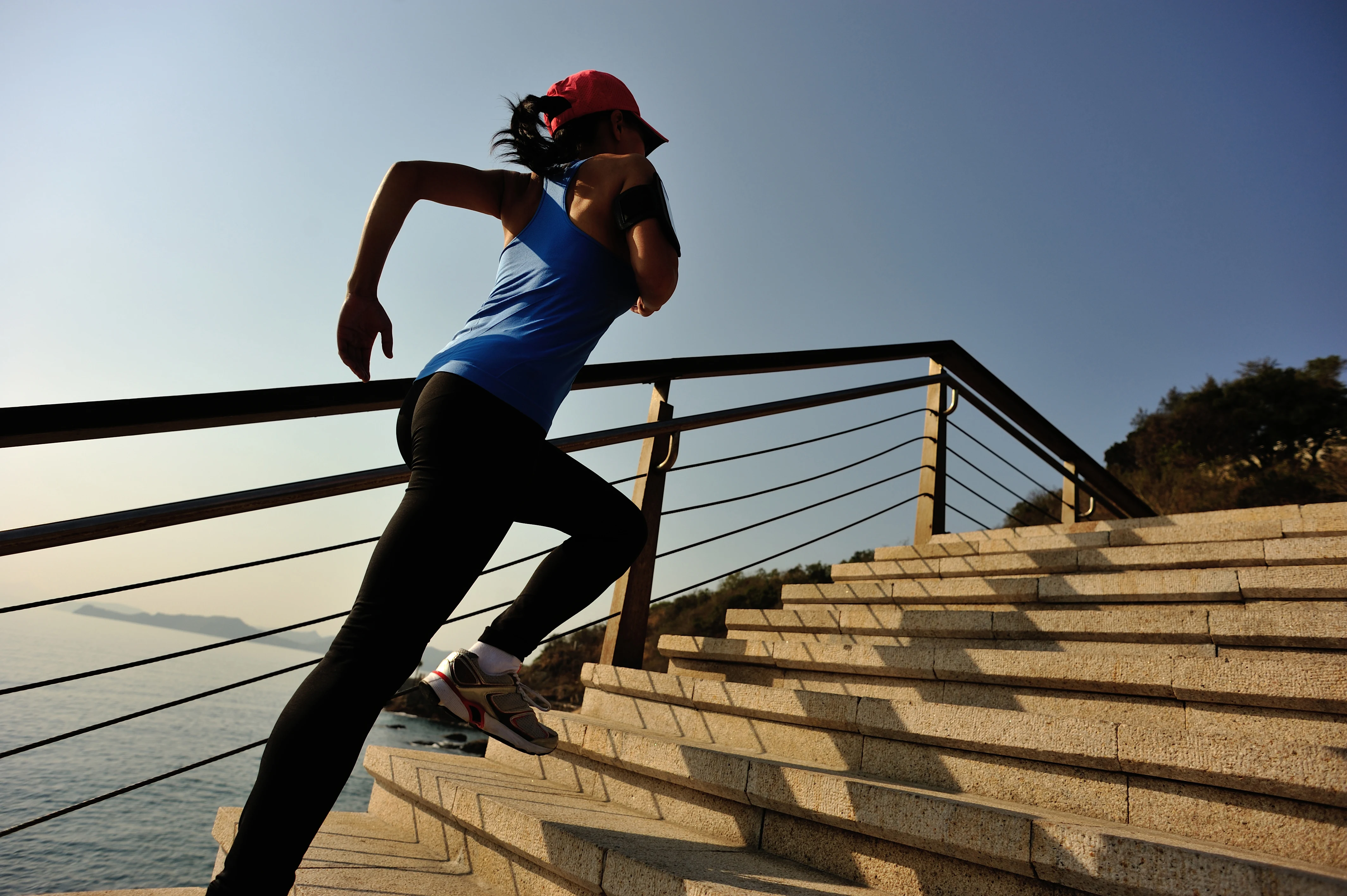
What is fitspiration?
Why is fitspiration a problem?
A study of #fitspiration: Do these social media updates genuinely motivate exercise?
- They showed nudity or revealing clothing by wearing bikinis at the gym.
- sexualized the person exercising, such as by focusing on a woman's breasts or buttocks.
- Included are pictures of people with extreme body types, like those who are excessively muscular or terribly underweight.
- They did not focus on health; their messages promoted thinness or other negative messages.
- contained fitness information in three or fewer posts out of 15.

It is the weekend, ladies let us take time out to care for our inner parts because it is very important.
With the help of natural fluids, the vagina is meant to keep itself clean (discharge). Learn how to maintain your vagina clean and healthy, and why you don't need vaginal wipes or douches. In general, good vaginal health can be maintained by maintaining good overall health.
Sanitary pads, feminine spray and deodorants, scented oils, bubble baths, bath oils, talc or powder are all examples of feminine hygiene items that can irritate the vulva.
Wearing nylon tights or panty girdles is not recommended. They trap heat and moisture, making them ideal for organisms to reproduce. Before wearing leggings wear nylon or cotton pants.
After washing, rinse underclothes well or double-rinse. Using too much detergent is highly not advisable.
Before wearing new underwear, make sure they're clean.
If your healthcare physician recommends it, take sitz baths daily.
It is highly recommended to wear only 100 per cent cotton underwear. If you have sensitive skin or are prone to vulvar discomfort, avoid wearing nylon, acetate, or other artificial fibres.
Vaginal discharge is a natural way for the vagina to wash. Do not use douches unless your doctor has recommended them. These products have the potential to disrupt organisms' natural balance.

Acne is a very common skin problem. Inflammation of the skin's hair follicles and oil-producing (sebaceous) glands causes it.
Hair follicles are the tiny structures in the scalp that produce hair. Sebum is produced by sebaceous glands which surround the hair follicles in acne-prone areas. The "pilosebaceous unit," which consists of the sebaceous glands and hair follicles, is where acne pimples and cysts form. Sebum hydrates the hair and skin. Each hair, together with sebum, pushes up through the skin's surface.
Acne frequently appears during puberty. Acne occurs when the sebaceous glands in the skin are overstimulated to produce sebum. These sticky cells clog the hair follicles of the skin, trapping the sebum. The bacteria that normally live in hair follicles multiply as a result of the blocked, oil-filled follicle. As a result, there are inflammation, redness, and pimples (pustules). Acne flare-ups in adolescents are most likely caused by a natural increase in androgen hormones during the adolescent years. These androgens stimulate the sebaceous glands, causing them to produce an excess of sebum. Hereditary factors also play a role in the problem.
The following factors can cause acne:
Oily cosmetics
Humidity
Sweating profusely
Drugs such as Lithium Steroids
Poor diet or poor hygiene are not causes of acne. Excessive skin washing can aggravate an acne flare-up.
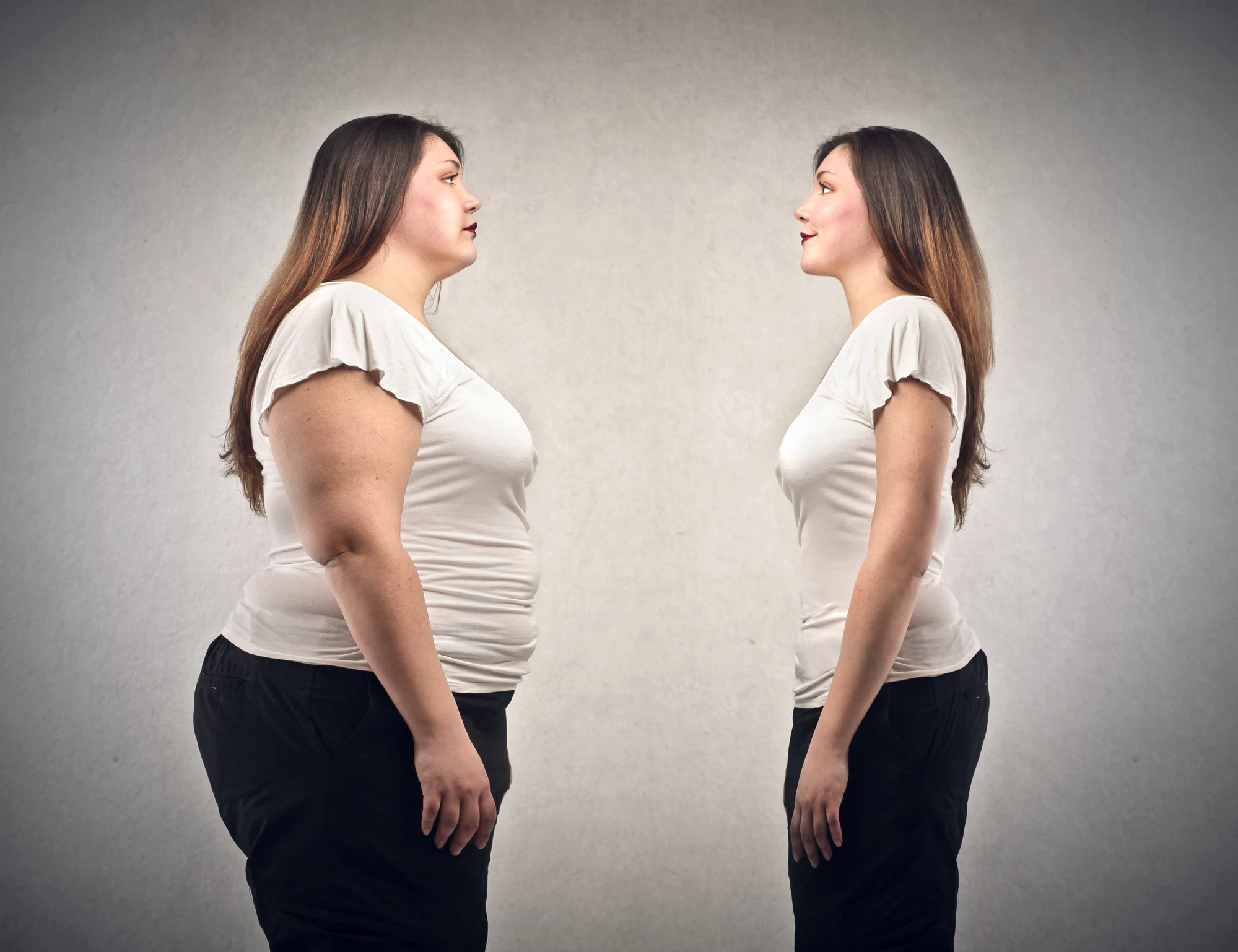
1. Set Realistic Goals:
Begin your weight loss journey by setting realistic and achievable goals. Avoid setting unrealistic expectations that could lead to disappointment or frustration. Consult with a healthcare professional or a registered dietitian who can help you set personalized and attainable targets based on your current health, body composition, and lifestyle.
2. Adopt a Balanced and Nutritious Diet:
Focus on making sustainable changes to your eating habits rather than following restrictive diets. Incorporate a balanced mix of macronutrients, including lean proteins, healthy fats, and complex carbohydrates. Fill your plate with colorful fruits and vegetables, whole grains, and lean protein sources. Prioritize portion control and mindful eating to avoid overeating.
3. Hydration is Key:
Don't underestimate the power of staying hydrated. Drinking an adequate amount of water not only helps curb hunger pangs but also improves digestion, boosts metabolism, and supports overall well-being. Aim to drink at least 8 cups (64 ounces) of water per day and reduce your consumption of sugary beverages.
4. Regular Exercise Routine:
Engage in a regular exercise routine tailored to your fitness level and preferences. Incorporate a mix of cardiovascular exercises, such as jogging, swimming, or cycling, along with strength training exercises to build lean muscle mass. Find activities you enjoy to make exercise a sustainable part of your lifestyle.
5. Prioritize Quality Sleep:
Sleep plays a crucial role in weight management. Aim for 7-9 hours of quality sleep each night to support hormonal balance, reduce cravings, and maintain energy levels. Establish a consistent sleep schedule, create a calming bedtime routine, and create a sleep-friendly environment to optimize your rest.
What is the best choice for colon cancer screening and when should it be done?
When is the best time to begin screening?
Which type of screening should you go with?
What screening options are available for CRC?

Regarding the most prevalent malignancies in males, what's new?
Cancer of the prostate

What kind of complications can RSV cause?
What treatment options are available for RSV?
The FDA approves the first medication for treating hot flashes.
Increasing opioid-related deaths in Black communities are associated with health disparities.
According to new research, more black Americans are dying from drug overdoses.
In 2020, for the first time in the history of the opioid epidemic, the death rate from opioid overdoses was higher among African-Americans than among white Americans, largely due to the increase in illicit fentanyl. |
1. Lack of Awareness: The Survey Findings.
2. The Consequences of Drink-Driving
3. The Impact of Alcohol on Driving
1. Oat Milk: The Not-So-Healthy Coffee Companion
2. Porridge (Oatmeal): A Carb-Loaded Controversy
